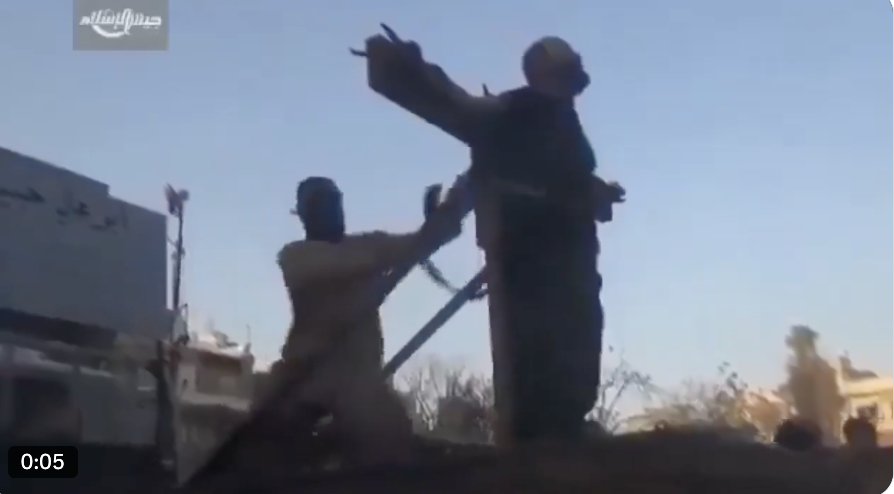
Please Follow us on Gab, Minds, Telegram, Rumble, GETTR, Truth Social, X
Second guessing a pilot’s actions before the flight data recorder or cockpit data recorder have been analyzed is unfair at best, but there are many questions that should be asked in the analysis of this accident. Videos of the accident and air traffic control tracking have created a picture of those final moments. At best, these pilots made a valiant effort to return to the airport under dire circumstances, at worst, they panicked and unnecessarily killed all but two of those onboard their Boeing 737-800 aircraft.
‘NO AD’ subscription for CDM! Sign up here and support real investigative journalism and help save the republic!‘
JeJu Air 2216 was on final approach to Muan International Airport runway 1, when it appears to have had a bird strike on the right engine. Video shows a puff of smoke, likely a compressor stall from the right engine. Boeing flight manuals allow for the aircraft to continue the approach if the flight crew deems it safe, but it is not necessarily a mistake to perform a go around. In this situation, the crew might have declared an emergency and asked the tower to hold somewhere away from the airport to diagnose their situation or even communicate with their company if there was something unusual with their situation that required additional technical expertise. Instead, they executed an immediate 180 degree turn and made a hurried landing with no flaps and no gear.
If instead they lost power in both engines, that might explain the hurried return landing, but even so they should have had time to lower the landing gear. Even if both engines were not powered, though it appears the right engine had some exhaust plume, the gear can be lowered manually using its own weight to deploy. The landing was made with no flaps and no gear, which is at a much higher airspeed. They landed very long down the runway and without braking from the landing gear, the low friction skidding on the engine nacelles and tail did little to slow them.
The final act in this tragedy was the construction of the localizer antenna berm at the end of the runway. Most localizer antennas are lighter gauge metal on a concrete footing that would broken away, but in this case, the aircraft literally hit a concrete wall and disintegrated. This is not to say there would not have been no loss of life, but the aircraft would not likely have been completely destroyed, and potentially have resulted in fewer deaths.
Hopefully, answers will be obtained by analysis of the data and lessons learned that may be applied to make aviation safer. In some cases there are no lessons other than humans make mistakes and training cannot prevent them all.



























No effort was made to hit the reverse thrusters if they are on this aircraft which might have slowed it considerably?? Without the gear down that might not have been a viable option though?
They may have inadvertently shutdown the good engine. Just speculating on little evidence at this point but my thought is that they screwed up.
Asian culture in general and Korean in particular does not cotton to subordinates speaking up. There have been multiple deadly crashes where the first officer saw something wrong but failed to speak up. Or did but was ignored.